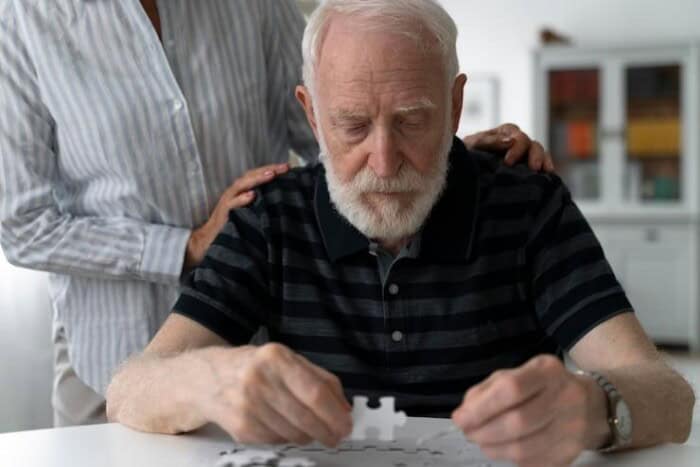
They say wisdom comes with age. But for too many elderly Americans, age brings something else—neglect, mistreatment, and exploitation. It’s not always dramatic. Not always obvious. And that’s what makes elder abuse so disturbing.
In Arizona, elder abuse cases have been rising steadily. The state’s warm climate draws retirees, but not all caregivers are there for the right reasons. Abuse can happen in nursing homes, assisted living facilities, or right at home. The sad part? Many victims stay silent. They don’t want to be a burden. Or they can’t speak up.
When families suspect harm, an Arizona elder abuse lawyer can make all the difference. These legal professionals help investigate abuse, protect victims, and hold perpetrators accountable.
1. Neglect
Neglect doesn’t always scream abuse. But it’s the most common form. It is quiet and hides in plain sight.
No clean clothes and a medication schedule left to guesswork is what refers to elder neglect. And when someone depends on others for basic care, this type of mistreatment can quickly become life-threatening.
2. Physical Abuse
Physical abuse isn’t just a punch or a shove. It includes pinching, slapping, shaking, or any use of force. It can happen in homes or facilities, often behind closed doors. Some seniors can’t report it. Others are too afraid. And sadly, many feel they won’t be believed.
3. Emotional Abuse
Words hurt—especially when they’re all you hear.
Emotional abuse shows up as yelling, threats, insults, or humiliation. Sometimes it’s constant criticism. Sometimes, it’s silence and isolation. Either way, it chips away at the person’s dignity. Over time, it can break them down.
You might notice withdrawal, mood swings, or sudden fear around certain people. These are red flags.
4. Sexual Abuse
This one is hard to talk about. But we have to.
Sexual abuse in elder care settings does happen. It involves any unwanted sexual contact with a person who can’t consent or resist. It’s deeply traumatic—and often goes unreported out of shame or confusion.
Many victims never speak. That’s why family members and caregivers must pay close attention.
5. Financial Abuse
Money goes missing. Accounts drained. “New friends” popping up with too much interest.
Financial abuse targets elderly people who may not be able to manage their finances. Some abusers are strangers. Others are family. Seniors may not even know they’ve been targeted—until it’s too late.
6. Abandonment
Abandonment is exactly what it sounds like. It can happen in nursing homes or in private homes. Sometimes a caregiver just stops showing up. Other times, they intentionally leave the person somewhere with no plan to return.
This isn’t just cruel; it’s deadly.
7. Self-Neglect
Sometimes the person at risk is the one failing themselves.
Self-neglect happens when seniors stop caring for their own needs. No food. No hygiene. No meds. This can stem from memory loss, depression, or just giving up. It’s heartbreaking—but it’s also a cry for help.
Final Thoughts
Elder abuse comes in many forms. And none of them are okay. If someone you care about seems off—if their condition, behavior, or money situation suddenly changes—it’s worth asking questions. Trust your gut.
Lawyers who focus on elder abuse know how to spot the patterns. They know what to do when no one else does. And they stand up for people who can’t stand up for themselves.

